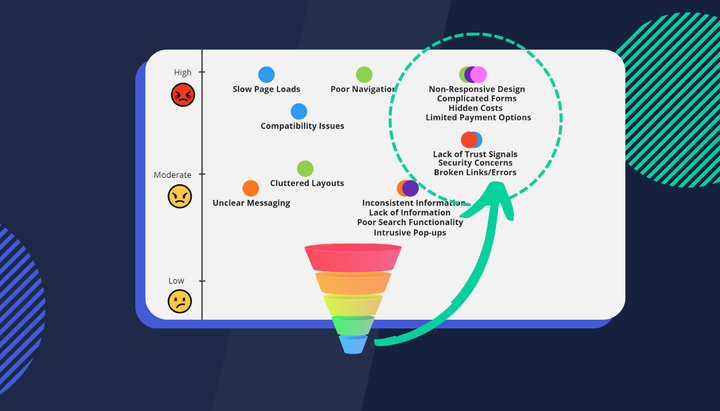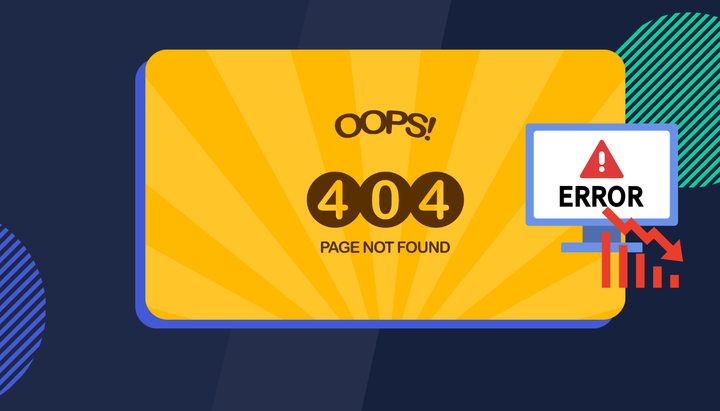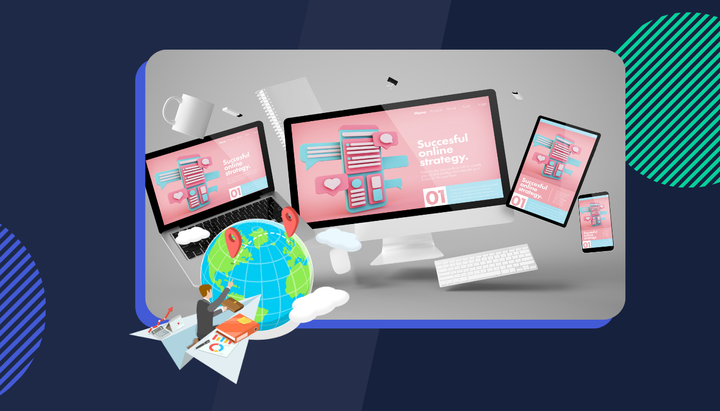Creating a Customer Journey Map: Real-World Examples and Best Practices
This guide will delve into the best practices for creating effective customer journey maps, supported by examples.
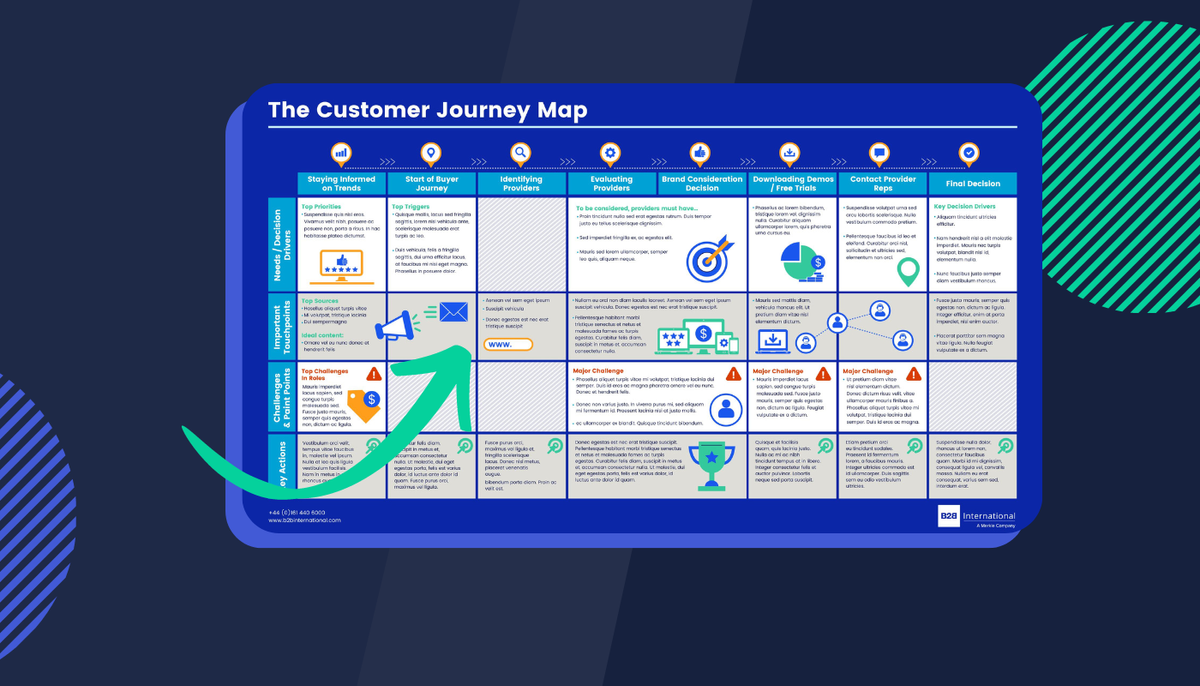
Understanding your customer's journey from discovery to purchase is crucial. A well-crafted customer journey map not only illuminates this path but also helps you identify opportunities for enhancement. This guide will delve into the best practices for creating effective customer journey maps, supported by real-world examples.
Understanding the Basics
A customer journey map is a visual representation of every experience your customers have with your brand. It helps in understanding the flow of their interactions, from initial contact through various touchpoints up to the purchase decision and beyond.
Best Practices for Effective Mapping
- Start with Customer Personas: Develop personas based on demographics, psychographics, and behaviours. This helps in understanding who your customers are and what they need.
- Identify Key Touchpoints: Determine the critical points where customers interact with your brand, whether it's through your website, social media, or customer service.
- Map the Emotional Journey: Go beyond actions and touchpoints to map out the emotional states of your customers at each stage. This insight can guide how you communicate and engage with them.
Examples of Customer Journey Maps
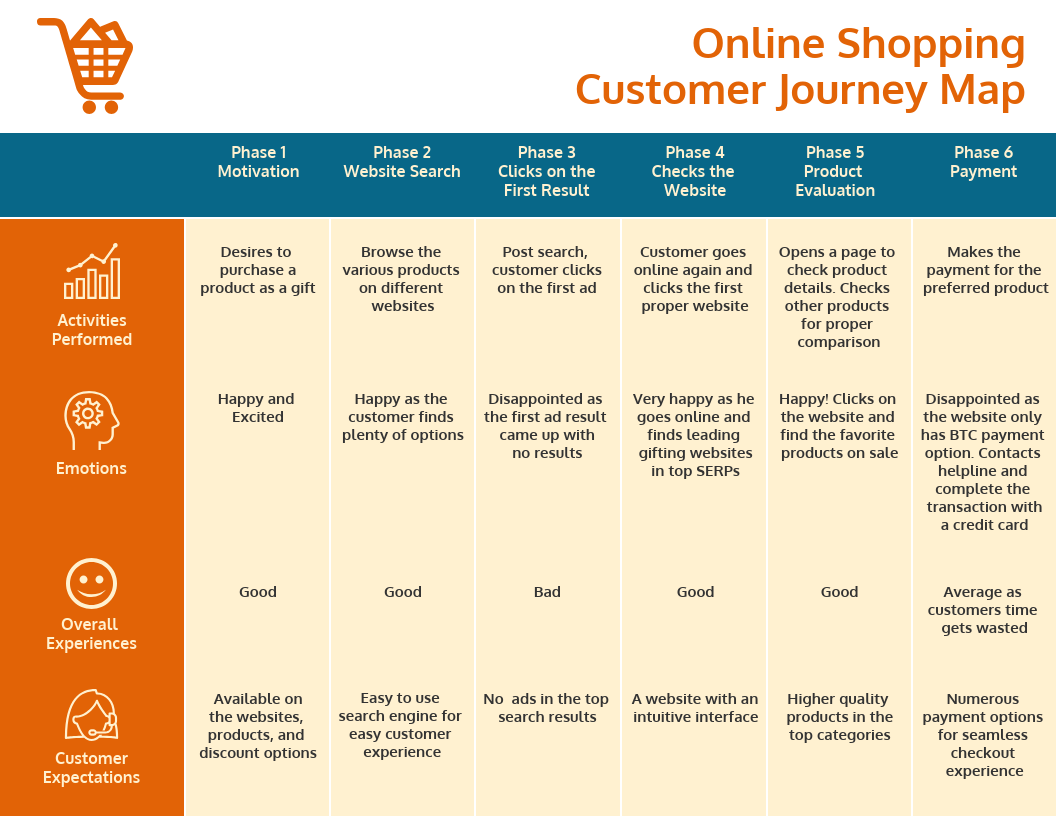
Example from Retail: A retail brand might map out stages from awareness (social media ads) to consideration (product reviews) and decision (seamless checkout process).
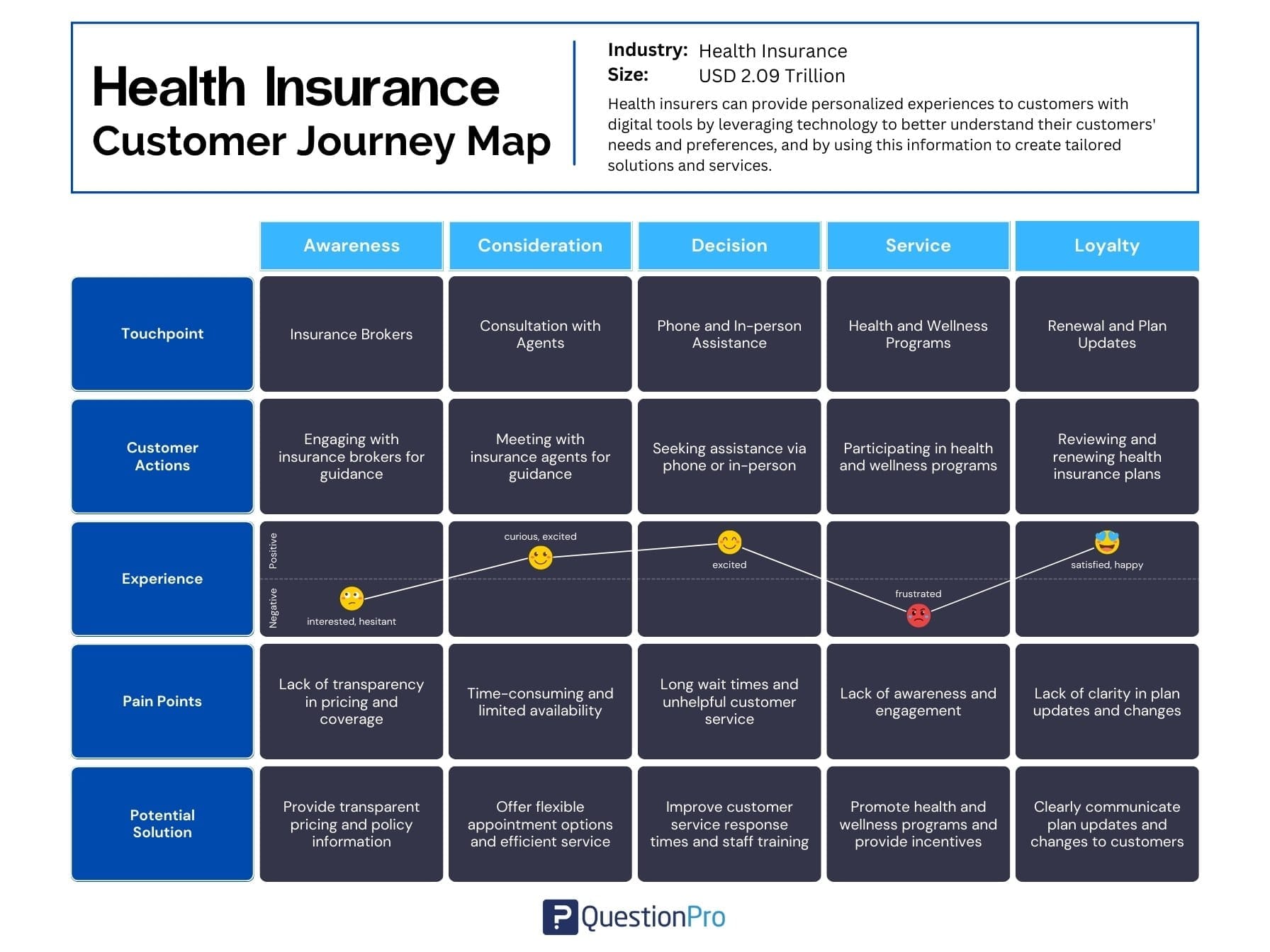
Service Industry Example: A service provider could map the journey from problem recognition (educational blog post) to solution exploration (service comparison) and engagement (booking a service).
Utilizing Data and Feedback
Gather data from customer interactions and feedback to refine your personas and understand the actions they take. This data-driven approach ensures your map reflects real customer behaviours and preferences.
Remember, a customer journey map is not a one-time task. Continuously update it to reflect changes in customer behaviour, market trends, and your own product or service enhancements.
Leveraging Technology
Use tools like analytics software and customer feedback platforms to gather the necessary data. These tools can provide insights into customer behaviour and preferences, which are crucial for an accurate map.
Insightech has several features baked into the product that can be instrumental in understanding user behaviour on your website. Here's how these insights can be applied to create an accurate and effective customer journey map:
- Session Replays: By watching session replays, you can observe how users navigate through your site in real time. This allows you to see where they encounter issues or confusion, which pages or content they find engaging, and where they drop off. This insight helps in mapping out the actual user experience, identifying pain points, and opportunities for improvement.
- Click Maps: Click maps show where users are clicking on your site, highlighting which elements are attracting the most attention and interaction. This data can be used to understand what draws users' interest, helping to prioritize content and features on your journey map that are most engaging to users.
- Scrolling Heatmaps: Scrolling Heatmaps provide data on how far down users are scrolling on your pages. This helps in understanding if key information is being missed because it's placed too low on the page, or if certain sections are not engaging enough to keep users scrolling. This insight is crucial for optimizing the layout of your web pages in the journey map.
- Audience Segmentation: Segmenting your audience based on behaviour, demographics, or other criteria allows you to create more personalized journey maps. Different segments may have different paths and preferences, and understanding these nuances enables you to tailor the journey map to different user groups.
- Form Analysis: Analyzing how users interact with forms on your site can reveal where they are experiencing difficulties or dropping off. This information is vital for optimizing form design and placement in the customer journey, ensuring that these crucial touchpoints are not hindering the conversion process.
- User Behavior Data from the Data Layer: This data provides deeper insights into how different user segments interact with your site. By understanding patterns and trends in behaviour, you can predict future actions and preferences, allowing for a more proactive approach to your journey mapping.
Free eBook: Comprehensive guide to navigating the complex process of website re-platforming.
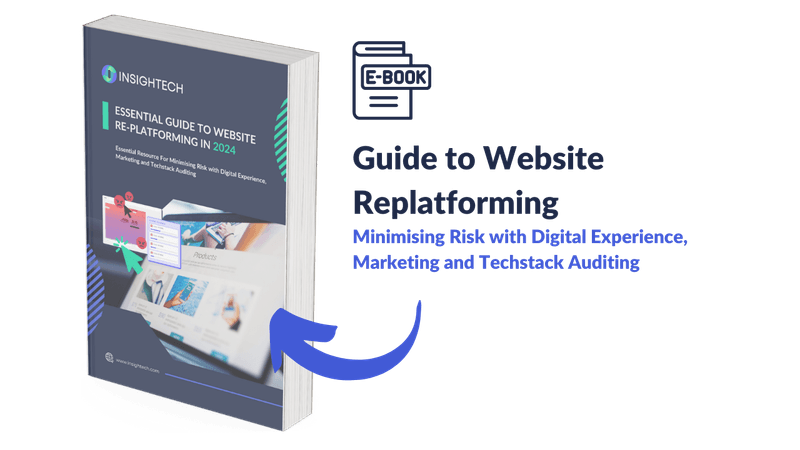
- Identifying Limitations of the Current Platform
- Aligning Re-platforming Goals with Business Strategy
- Conducting a Comprehensive UX, Marketing and Tech Audit
- Questions to consider when analysing your site’s digital experience
How to apply digital experience insights to support your next journey map project
Identify Friction Points
Use session replays and form analysis to identify where users face difficulties or abandon the journey. Address these friction points in your journey map to create a smoother experience.
Optimize Content Placement
Utilize scrolling heatmaps and click maps to understand the most engaging content and its ideal placement on your site. Ensure that key information and calls to action are positioned where they are most likely to be seen and interacted with.
Personalize the Journey
Apply insights from audience segmentation to create different paths within your journey map for different user segments, catering to their specific behaviours and preferences.
Refine Touchpoints
Use user behaviour data to refine the touchpoints on your journey map. Ensure that each touchpoint is optimized for maximum engagement and conversion.
Predict and Adapt
Leverage the data layer insights to anticipate changes in user behaviour and preferences. Continuously update your journey map to reflect these changes and stay ahead of user needs.
By integrating these insights from Insightech, you can create a customer journey map that is not only reflective of the actual user experience but also optimized for engagement, conversion, and user satisfaction.
When you're ready to explore your options in this space our team is happy to provide you with a demo of the product we've built to support organisations such as yours.
- Free demo available here
- Alternatively, we invite you to review these success stories to learn more

